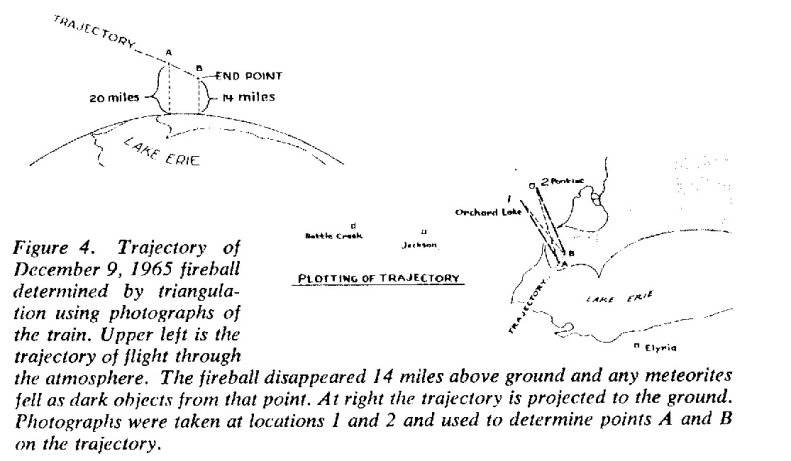Rather than looking to
Back to the Future or
Doctor Who for information about possible methods of time travel, you should look at Kip Thorne's work on wormholes. Thorne was an advisor on the movies
Contact and
Interstellar, and has worked out some pretty impressive maths about the characteristics of temporally-displaced wormholes.
Step one; find or make a wormhole, which connects two nearby locations in space. Such a wormhole might be part of the normal fluctuations of spacetime, and could be both fantastically small and fantastically short. Each wormhole has a separate mouth at each end.
Step Two: by adding exotic (negative) energy you could, in theory, inflate the two wormhole mouths and make them big enough to pass information or even matter through.
Step three; take one of the two wormhole mouths on a journey in a very fast (relativistic) spaceship. This causes the two mouths to become separated by time dilation effects, so that one end travels forward in time much more slowly than the other. Leave the other wormhole mouth somewhere safe, like your research laboratory.
Step Four Bring that wormhole mouth back to Earth again, and park it right next to the other mouth in your lab. Because of time dilation, one of the two mouths would be much further into the future than the other one, so by passing through it you can get to the future quite easily.
Step five Instead of going into the future, turn round and go through the wormhole
the other way - this will take you back into the absolute past. Now you have a working time machine, sitting in the lab; both ends of the wormhole are firmly located in the same place next to each other, so there is no question that 'the Earth will be in a different place in relation to the Sun' and so on - they are both
right there and will continue to be there for the foreseeable future, so long as you have enough exotic energy to keep them open.
The main difficulties with this method of time travel are a/ finding or creating a wormhole and b/ finding exotic (negative) energy to inflate them and keep them inflated. Thorne has some suggestions for that too. Once you've got your time machine you then have to worry about temporal paradoxes, which are the subject of innumerable SF stories and thought experiments, and I'm sure you are familiar with them.
https://en.wikipedia.org/wiki/Kip_Thorne#Wormholes_and_time_travel




